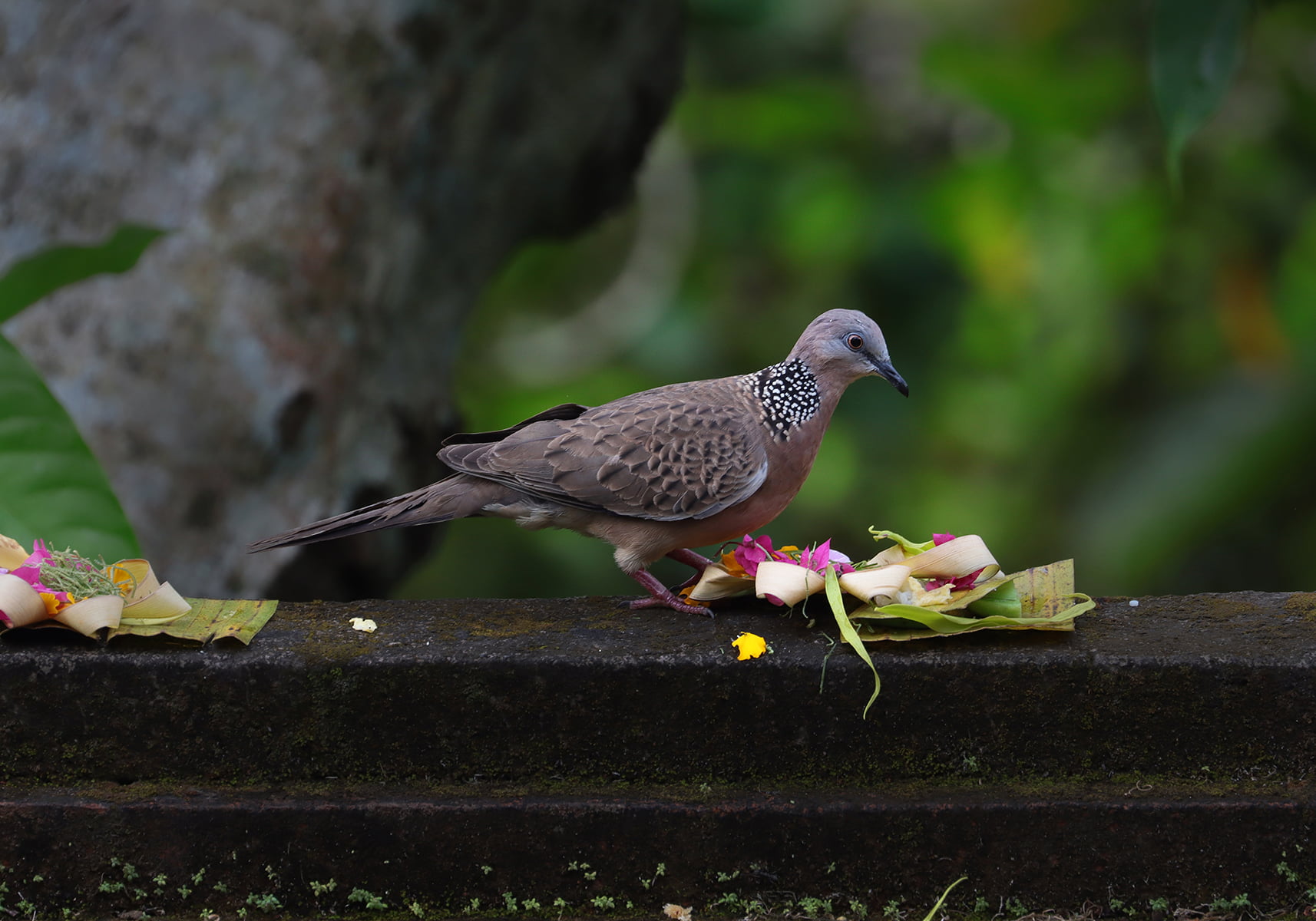The base color of this species is reddish under gray shading on the head and abdomen. There is a half collar on the back and sides of the neck which is made of black hair fork and has white spots on both ends. The wing feathers are dark brown with gray edges. The center and vents are white. The outer tail feathers are white and visible when the bird takes off. The sexes are similar, but teens are more boring than adults and don’t experience neck spotting until they are adults. Their length ranges from 28 to 32 cm
Description
Population Size
Increasing
Life Span
-
WEIGHT
-
LENGTH
28 to 32 cm
Ar
Arboreal
Di
Diurnal
He
Herbivore
Sh
Shorebirds
So
Soaring birds
Classification
KINGDOM
:
Animalia
PHYLUM
:
Chordata
CLASS
:
Aves
ORDER
:
Columbiformes
FAMILY
:
Columbidae
GENUS
:
Spilopelia
SPECIES
:
Spilopelia chinensis


